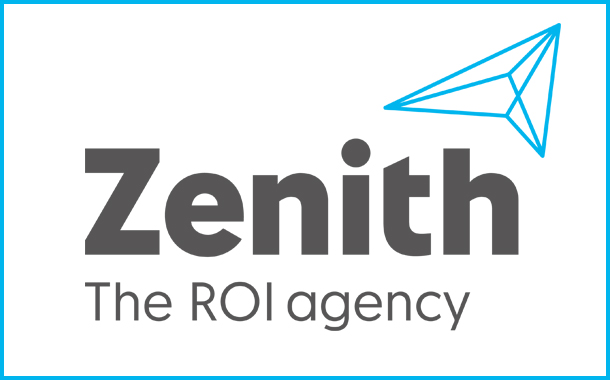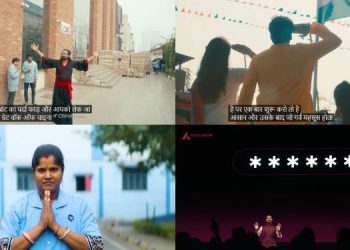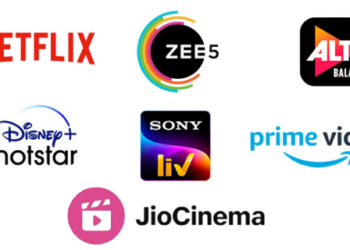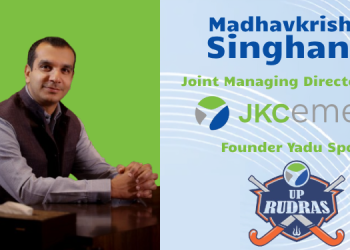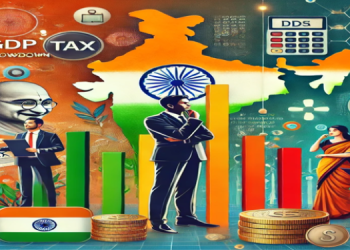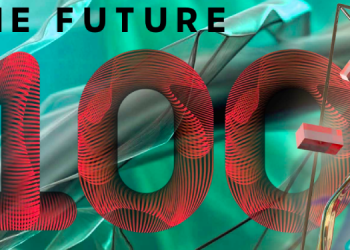The spread of mobile devices and rapid mobile data networks has transformed global media consumption in recent years. 24% of all media consumption across the world will be mobile this year, up from just 5% in 2011, according to Zenith’s Media Consumption Forecasts 2018, published today. By 2020 we expect this proportion to reach 28% as the mobile internet takes share from almost all other media. The rise of mobile is also forcing brands to transform the way they plan their communications across media, focusing less on channels and more on consumer mind-set as the distinctions between channels are eroded.
This is the fourth annual edition of the Media Consumption Forecasts, which surveys changing patterns of media consumption since 2011, and forecasts how the amount of time people allocate to different media will change between 2018 and 2020, in 63 countries across the world.
The rise of mobile
Mobile internet use has eroded the consumption of almost all other media. Newspapers and magazines have lost the most – we estimate that between 2011 and 2018 time spent reading them has fallen by 45% for newspapers and 56% for magazines. However, this refers only to time spent reading printed publications. Time spent reading newspapers and magazines online is included in the internet total, and for many publications the time they have gained online more than makes up for the time they have lost from print.
Television channels and radio stations have gained audiences online but they have faced stiff competition from native digital platforms such as YouTube and Spotify.
From channel to mind-set
The rise of mobile has blurred the boundaries between different channels: it can be used for entertainment, news, information, research, socialising and communication. For brands it can play the role of building awareness, creating direct responses, allowing one-to-one communication, or generating earned content, depending on how the consumer is using the device, and in particular their mind-set while using it.
A consumer who is actively searching for specific information is in a very different mind-set from one who is sharing holiday photos with friends, or leaning back and enjoying a video. Brands need to understand the signals a consumer’s activity provides about their mind-set, and therefore what forms of communication are appropriate.
Focusing on mind-set also dissolves the distinction between traditional and digital media: it’s more important that a consumer is reading news, than whether they are doing so using a printed newspaper or newspaper websites. People who are watching video content on television sets, laptops or smartphones have much in common, though people watching long-form entertainment can have quite different mind-sets from people scrolling short-form content on social media. Brands need to decide the role each platform plays in their communications strategies, however the consumer happens to access it.
Media consumption continues to grow
The rapid expansion of mobile internet use has increased the amount of time the average individual spends consuming media, by giving people access to essentially unlimited content almost everywhere, and at any time of the day. We estimate that the average person will spend 479 minutes a day consuming media this year, 12% more than in 2011. We forecast the total to reach 492 minutes a day in 2020.

Time spent at the cinema actually increased 3% between 2011 and 2018 as cinema owners have invested in more screens and a better experience for visitors, while studios have marketed their films more effectively at international audiences. On average, though, people spend much less time at the cinema than they do with any other medium – just 1.7 minutes a day in 2018. We expect this to rise to 1.9 minutes in 2020.

“Under traditional definitions, all other media are losing out to the mobile internet,” said Zenith’s Head of Forecasting and Director of Global Intelligence. “But the truth is that the distinctions between media are becoming less important, and mobile technology offers publishers and brands more opportunities to reach consumers than ever.”
“The mobile medium continues to accelerate in India and across the world, blurring lines on channels and delivering sharp ROI for brands,” said Tanmay Mohanty, Group CEO, Zenith India, “The mobile handset is powerful, personal and immersive and India holds steadfast as one of the top smartphone markets. The media consumption forecast reveals that brands have huge opportunities that they can leverage across mediums and the mobile phone is in many ways, a facilitator. Smart targeting is possible through artificial intelligence (AI), data and ad technology, mapping the consumer effectively across media touch-points. Brands can benefit from visible, tangible returns, once they understand the consumer mind-set and journey and their place in it.”

